Older laptops were similar in make and hence any information was easier to find. However, modern-day laptops have concealed information. To find those, knowing the model number is more than enough. Visiting the brand’s website and entering the model number generally lists all of the device specifications. Finding the model number or details of your laptop’s motherboard is not that tough. This article will help you find the information you seek.
1. Finding Your Laptop’s Model Number
The information of your laptop model number is essential to easily track down features. To locate the model number, you can follow one of the following four methods.
Model numbers are generally printed on the backside of the laptop body. Flip the laptop upside down to locate the company logo. Near that, a small text should be printed, which has the model number.
At times, companies either club the model number and brand name together or write them down separately.
It is also possible to locate model information from Microsoft Surface App. Open the app and click on the feedback button.
The model number will be displayed under the Your Surface Device information panel. Other information available under this is the Wi-Fi driver, UEFI version, etc.
Another option is to locate your laptop model number from the control panel. Open the Control Panel app from the windows menu. Now click on System and Security. Now click the option labeled as System.
This menu pulls up information about your system. Most of the time, brand and model details are listed under this segment.
You can also locate the model number from the Command Prompt window. Open the Command Prompt from the Windows menu.
Type “wmic bios get serialnumber” and press enter. The model number of your laptop will be displayed for you.
Even after going through all these, there might be circumstances that you could face, where you cannot locate your model number. Do not lose hope as there is a last resort you can turn to. It is inevitable that by now you don’t know the brand of your laptop at least. Get in touch with the customer care of the brand and provide them with the information. They can likely furnish you with the details you require. Another way is to find your purchase receipt. The purchase receipt contains the brand name, model number, and other small information. You can also get in touch with a technician, which will be very helpful. They will open up your laptop and note down the details from the internal components. A risky option is still left, which is better if not to be explored. The Basic Input Output System or the BIOS has the basic information for your device. Navigating through the BIOS menu is not very technical but has lots of room for messing up.
2. Checking Your Laptop’s CPU
The Central Processing Unit or the CPU is the soul of the laptop. The main components required to have the laptop up and running is installed there. Having a knowledge of the CPU specifications is like knowing what you will need to use it in the future. To know the CPU details, it is the easiest for a Windows 10 installed laptop. Simply right-click on the Windows logo. Now, locate the System option. This should take you to the About page containing system information. About half a page down, locate the Device Specifications segment. Beside the Processor data, the CPU information is mentioned for you. Other Specifications like the installed RAM, product ID, and system type is also listed here.
3. Checking Your Motherboard
People seldomly seek information about the laptop’s motherboard. It is not that tough if you want to find the motherboard specifications that you have been using. In the search bar, type System Information. Clicking on it will display a huge list containing lots of information. Navigating towards the bottom, you will locate a piece of information on Base Board Manufacturer. The name listed there is the motherboard brand, which your laptop is using. Below that, you will notice the Base Board model. This model number is the model number of your motherboard.
4. Seeing What GPU You Have
The Graphical Processing Unit takes up all the work in rendering the smooth graphics that you crave for. Be it video games or video designing and editing, nothing is possible without the GPU. It is very common for gamers and professionals alike to compare the GPU with other laptop models. To know what GPU you have been using, the Device Manager is the best place to look for. This menu contains information of every drive and device connected to your laptop. Even the device drivers connected via Universal Serial Bus (USB) port and Bluetooth is also shown. To access the Device Manager, follow the steps, which will lead you right to it. Step 1: Right-click on the Windows icon. Step 2: From the list displayed, locate Device Manager and click on it. Step 3: On the top portion, notice an option labeled Display Adapters. Clicking on it will show you the GPU details. Step 4: Take note of the GPU details displayed in front of you. You might come across two GPU options. Do not get confused. One of them will be the integrated graphics card that is factory-built in the CPU. Another is the stand-alone GPU. For times when two of them are displayed, it is necessary to note down the details of the stand-alone GPU.
5. How Much RAM is In Your Laptop?
RAM stands for Random Accessory Memory. It is behind the scenes for managing all the ongoing processes. There are various places from where you can look up RAM specifications for your laptop. You might have come across them already. Below are two options from which you can access RAM information: Method 1: System Information Step 1: Right-click on the Windows icon from the taskbar. Step 2: Now click on System to go to the about page. Step 3: On scrolling down the page, you will see a section of Device Specifications. Step 4: The RAM is mentioned as installed RAM.
Method 2: My Computer or This PC Step 1: Right-click on My Computer and then on Properties. Step 2: A screen is displayed, which contains system information. Step 3: Under the segment labeled as System, the information displayed alongside installed RAM is the amount of RAM you have in your laptop.
6. Upgrading Your Laptop: What’s Possible
Knowing the specifications might tempt you to think that whether you have the possibility for an upgrade. Unfortunately, unlike desktop computers, it is not possible to upgrade the core components. Change of Display Screen or the motherboard all together is not possible. The window of possibility available to you is the up-gradation of RAM and GPU. It is easier to have a new GPU as the external GPUs have seen a soar in sales on the market. Boosting the performance of your laptop is possible in this regard. Older versions of laptops are quite difficult to revamp. The cost of up-gradation to Solid State Drive memory is not budget-friendly. It is advisable to go for a new laptop rather than investing in the old one.
Conclusion
We hope that you have got what you were looking for. The above steps will help you to get many if not all the information regarding your laptop. These pieces of information are essential in buying laptop equipment and also while selling. It is good to know the specifications of the device, which you have been using over the years. Comment * Name * Email * Website
Δ



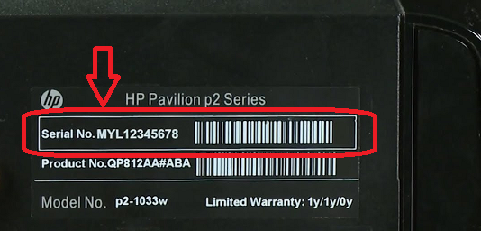
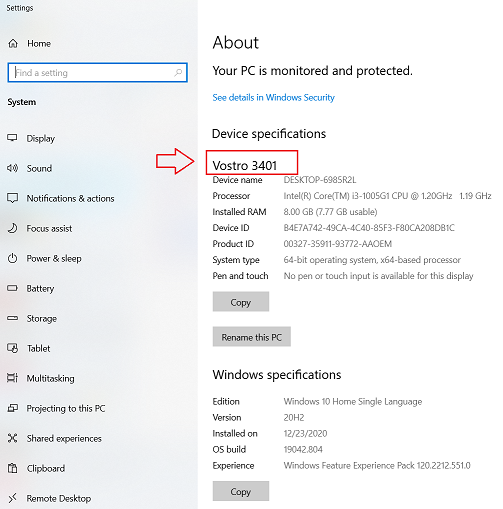
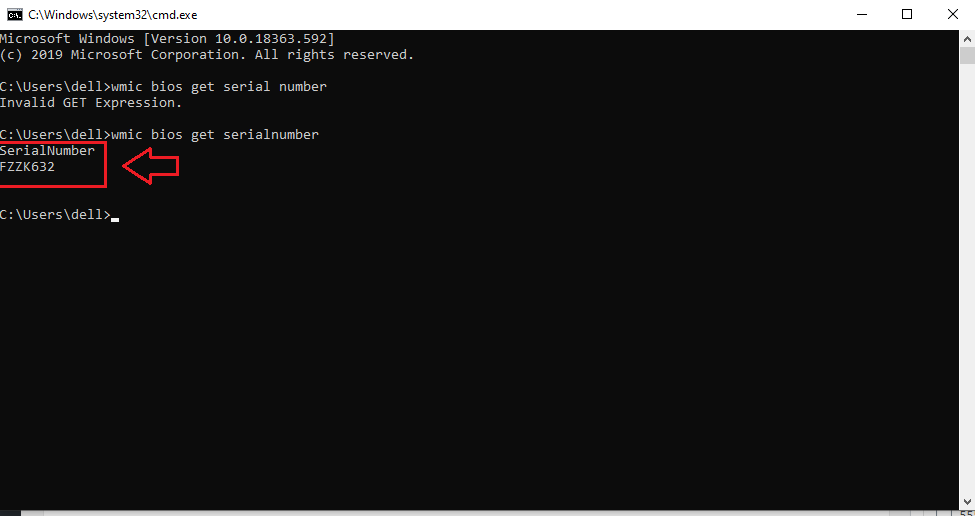
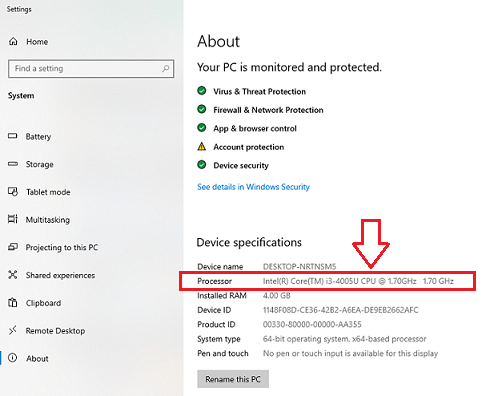
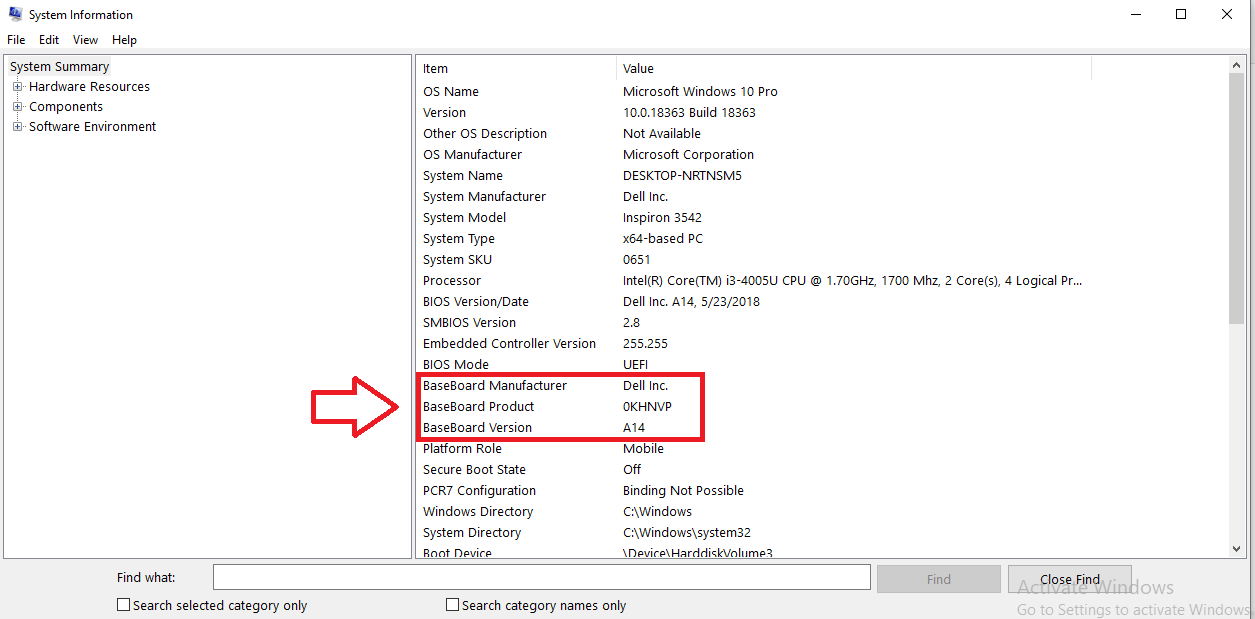
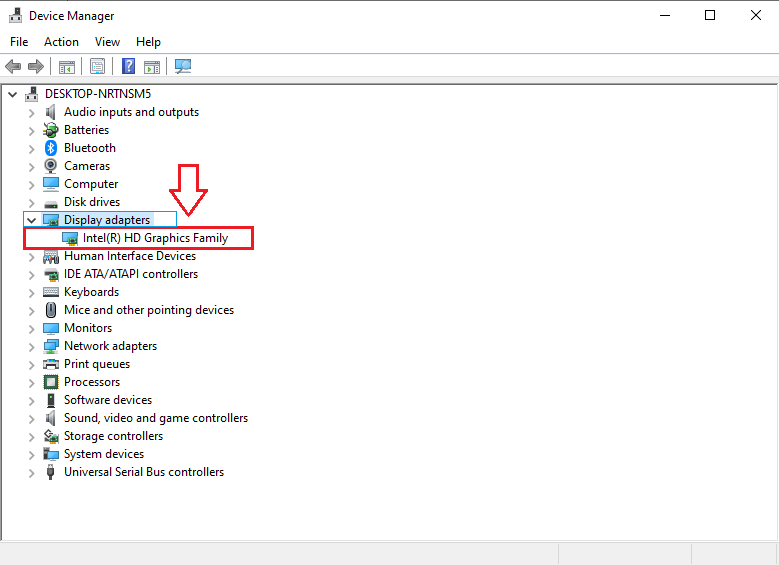
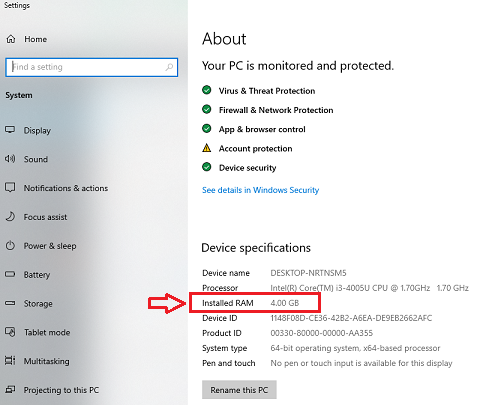
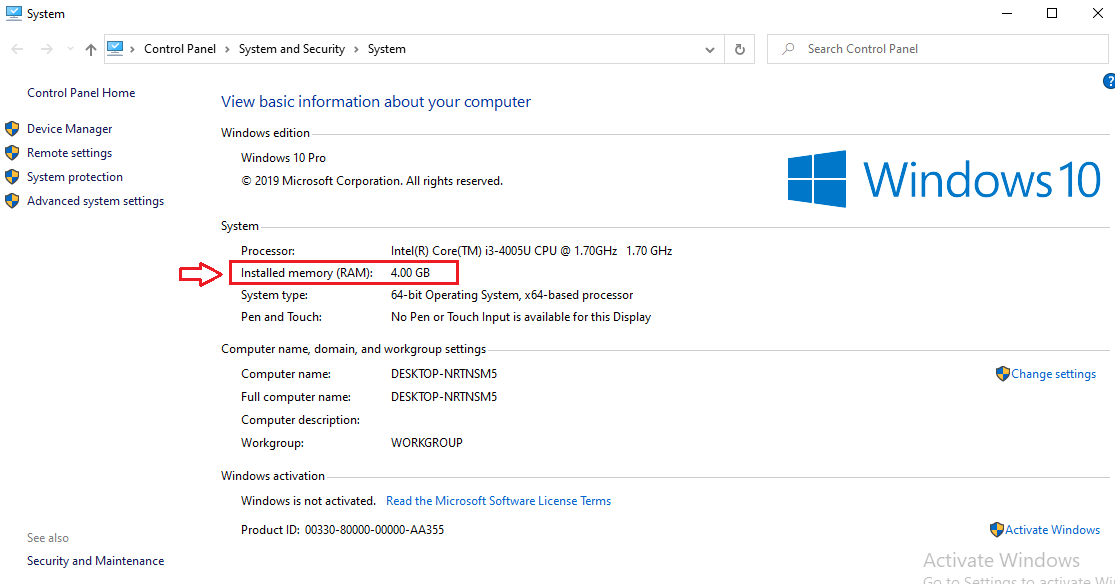


![]()